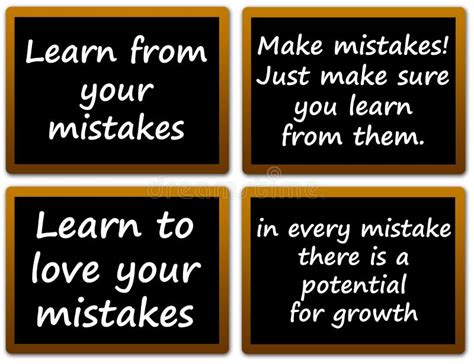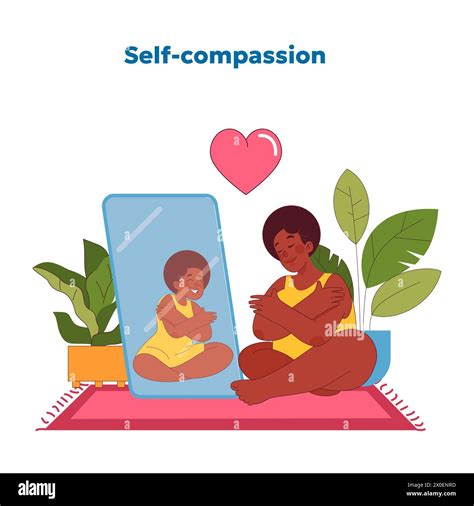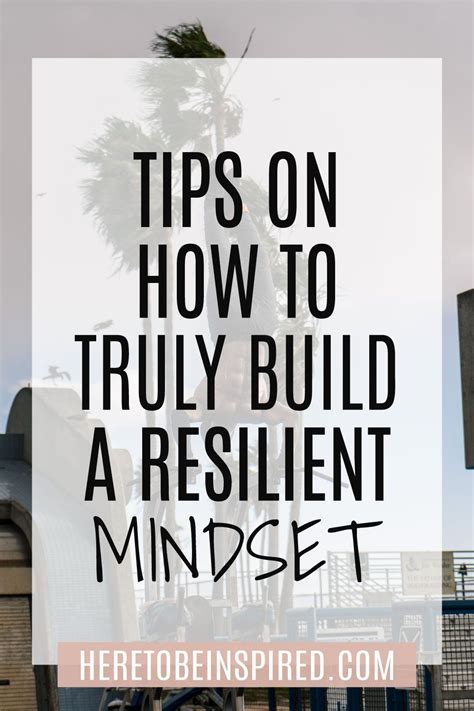In life’s unpredictable journey, obstacles are inevitable. How we respond to these challenges often dictates our long-term well-being and success. This is where the powerful combination of resilience and a growth mindset comes into play. While resilience is the capacity to bounce back from adversity, a growth mindset provides the crucial framework that allows us to not just recover, but to grow stronger through the experience.
The Essence of Resilience: Bouncing Back Stronger
Resilience is more than just enduring hardship; it’s about adapting and thriving in the face of stress, trauma, tragedy, threats, or significant sources of stress. It’s not an innate trait possessed by a few lucky individuals, but rather a set of behaviors, thoughts, and actions that can be learned and developed by anyone. Building resilience involves understanding your reactions to stress, developing coping mechanisms, and finding purpose even amidst difficulty.

Understanding the Growth Mindset
Coined by Dr. Carol Dweck, a growth mindset is the belief that your basic abilities, intelligence, and talents can be developed through dedication and hard work. It stands in stark contrast to a fixed mindset, which assumes these qualities are fixed traits. Individuals with a growth mindset view challenges as opportunities for learning and improvement, seeing failure not as proof of inadequacy, but as a temporary setback and a valuable source of information.
This fundamental belief system profoundly impacts how we approach learning, challenges, and setbacks. It shifts the narrative from “I can’t do it” to “I can’t do it yet,” fostering persistence and a love for continuous development.
How a Growth Mindset Fuels Resilience
The connection between a growth mindset and resilience is deeply symbiotic. When you possess a growth mindset, challenges become less daunting because you believe you have the capacity to learn and overcome them. This perspective transforms potential threats into stimulating opportunities for growth:
- Reframing Failure: A growth mindset sees failure as feedback, not a final verdict. This allows individuals to analyze what went wrong, adjust their approach, and try again with renewed determination, rather than giving up.
- Embracing Effort: Understanding that effort is key to mastery encourages sustained engagement even when tasks are difficult, directly contributing to the perseverance central to resilience.
- Learning from Criticism: Instead of feeling defensive, those with a growth mindset view constructive criticism as a valuable tool for improvement, using it to refine their skills and strategies.
- Persistence in Adversity: Believing in one’s ability to develop means that setbacks are viewed as temporary obstacles to navigate, rather than insurmountable walls.

Practical Strategies to Cultivate a Growth Mindset for Enhanced Resilience
Building both a growth mindset and resilience is an ongoing process that requires conscious effort. Here are actionable strategies:
1. Recognize and Challenge Fixed Mindset Thoughts
Pay attention to your internal dialogue. When you hear yourself saying “I’m not good at this” or “There’s no point trying,” pause and reframe it. Ask yourself, “What can I learn from this?” or “What strategies can I try differently?”

2. Embrace Challenges as Opportunities
Actively seek out new challenges, even those outside your comfort zone. View them not as tests of your inherent ability, but as chances to expand your skills and knowledge. Celebrate the effort, not just the outcome.
3. Learn from Failure and Setbacks
When things don’t go as planned, resist the urge to blame yourself or others. Instead, adopt a detective’s mindset: What happened? Why did it happen? What can I do differently next time? This turns failures into valuable data points for future success.

4. Focus on Effort and Process, Not Just Outcomes
Praise yourself and others for the effort, dedication, and strategies employed, rather than solely on the final result. This reinforces the belief that hard work and smart approaches lead to improvement, regardless of initial talent.
5. Seek and Act on Constructive Feedback
View feedback as a gift – information that can help you grow. Actively solicit feedback and, more importantly, develop a plan to implement it. This shows a commitment to continuous learning and self-improvement.
6. Practice Self-Compassion
Understand that making mistakes is part of being human. Treat yourself with the same kindness and understanding you would offer a friend. Self-compassion helps you bounce back from setbacks without getting stuck in self-criticism.

Conclusion
Building resilience is a journey, not a destination, and a growth mindset is your most powerful compass. By consciously cultivating the belief that your abilities can be developed through effort and dedication, you equip yourself with the mental fortitude to face adversity, learn from every experience, and emerge stronger and more capable. Embrace the challenges, learn from the process, and continuously strive to evolve; in doing so, you will not only build unwavering resilience but also unlock your fullest potential.




